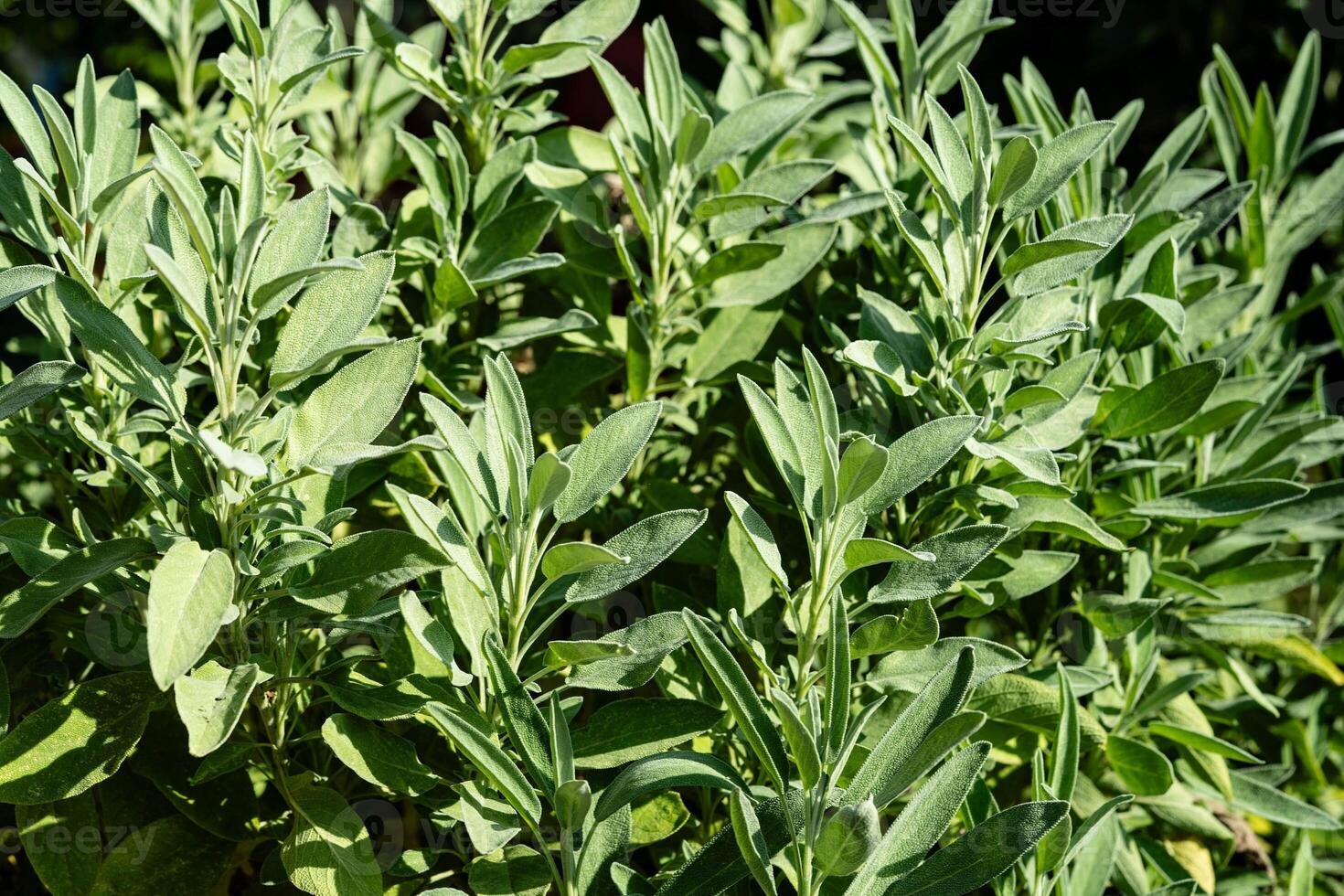ooftop gardens are becoming increasingly popular as urban dwellers seek to maximize their green spaces. Sage (Salvia officinalis), a perennial herb known for its culinary and medicinal properties, is an excellent choice for rooftop gardening. It is hardy, requires minimal maintenance, and offers numerous benefits. Here’s how you can grow sage in your rooftop garden and enjoy its myriad advantages.
Why Grow Sage?
Sage is not only a versatile herb in the kitchen but also offers several health and ecological benefits:
- Culinary Uses: Sage adds a robust flavor to a variety of dishes, including meats, stews, and sauces. It’s a staple in many cuisines around the world.
- Medicinal Properties: Traditionally, sage has been used to improve digestion, relieve sore throats, and boost cognitive function. It is rich in antioxidants and anti-inflammatory compounds.
- Pollinator Attraction: Sage flowers attract bees and other pollinators, which is beneficial for your garden’s ecosystem.
- Aesthetic Appeal: Sage plants add a touch of greenery and beauty to your rooftop with their attractive grey-green leaves and purple flowers.
Growing Sage in a Rooftop Garden
1. Choosing the Right Container
- Size and Material: Use a container that is at least 12 inches in diameter and has good drainage. Terracotta pots are ideal as they allow for better airflow.
- Placement: Ensure your container is placed where the sage will receive full sunlight for at least 6-8 hours a day.
2. Soil Preparation
- Soil Mix: Sage prefers well-draining soil. A mix of potting soil, sand, and perlite or compost works well. Ensure the pH is between 6.0 and 7.0.
- Fertilization: Sage is not a heavy feeder. Incorporate a balanced, slow-release fertilizer into the soil at the beginning of the growing season.
3. Planting Sage
- Seeds or Cuttings: You can start sage from seeds, but cuttings from an existing plant are often more successful and quicker to establish.
- Planting Depth: Plant seeds just below the surface of the soil. If using cuttings, plant them deep enough to support themselves but ensure at least two sets of leaves are above the soil.
4. Watering
- Frequency: Water the sage regularly but allow the soil to dry out between waterings. Overwatering can lead to root rot.
- Method: Water at the base of the plant to avoid wetting the foliage, which can cause fungal diseases.
5. Pruning and Maintenance
- Pruning: Regular pruning encourages bushier growth. Trim back the plant after flowering to maintain its shape and health.
- Pest and Disease Control: Sage is relatively pest-resistant. Watch out for aphids and spider mites, and use organic pest control methods if necessary.
6. Overwintering
- Protection: In colder climates, protect your sage during winter by bringing the pots indoors or insulating them with mulch. Sage can survive light frosts but may need additional protection in harsh winters.

Benefits of Rooftop Sage Gardening
- Urban Heat Island Mitigation: Plants on rooftops can help reduce the heat island effect in urban areas, lowering temperatures and energy costs.
- Air Quality Improvement: Sage, like other plants, helps improve air quality by absorbing pollutants and releasing oxygen.
- Mental Health: Gardening, even on a rooftop, can reduce stress and improve mental well-being. The presence of green space and the act of nurturing plants are therapeutic.
- Sustainable Living: Growing your own herbs reduces the need for packaged and transported goods, contributing to a more sustainable lifestyle.
- Community Building: Rooftop gardens can serve as community spaces, bringing together neighbors and fostering a sense of community.
Conclusion
Growing sage in a rooftop garden is a rewarding endeavor that combines the benefits of gardening with the convenience of urban living. With minimal effort, you can enjoy fresh, aromatic sage for your culinary and medicinal needs while contributing to a greener, healthier environment. So, grab a pot, some soil, and a sage cutting, and start your rooftop herb garden today!


Leave A Comment